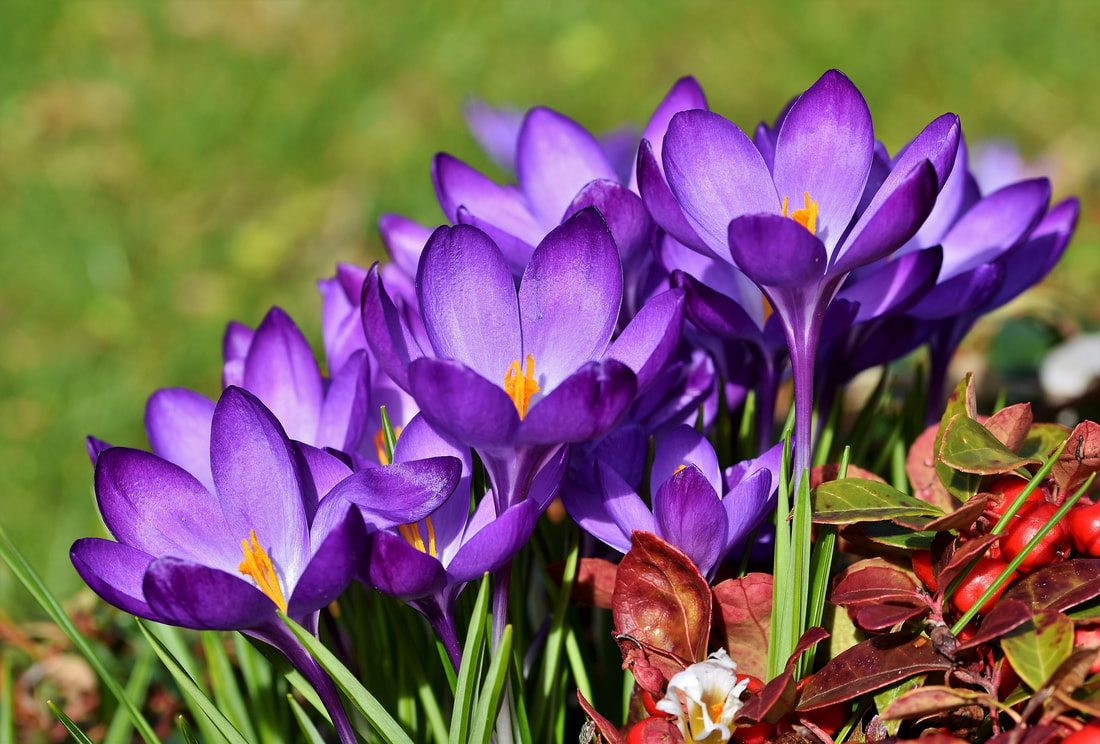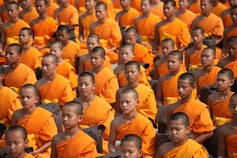Growing up in Malaysia, I drank Tea often, even as a child. When I say Tea, I mean Black Tea or Wu Long Tea. When we went to a Chinese restaurant, they always served Wu Long or Pu Er Tea in a pot for the whole family to go with the meal. We had Afternoon Tea, around 4 to 5 o'clock, with some snack or pastry, something we learned from being a former British colony. It would often be a Black Tea, Orange Pekoe, which the British set up plantations for in the highlands of peninsula Malaysia. I only began to drink the classical Chinese style of Tea, Gong Fu Cha, when I was in the US. A Tai Ji brother (how we call a fellow student in Tai Ji class) was a student of a master calligrapher as well as of Tea. In Gong Fu Cha, we drink, smell and experience Tea in a ritual, that requires a certain state of calmness as well as introspection; this style of Tea drinking is more relaxed and is less elaborate than the Japanese Tea ceremony. Speaking of Tea rituals, my husband and I were married by performing a (semi-) traditional Tea ceremony, where elders of the family were served Tea; in their acceptance by drinking the Tea served by us, they symbolized their acceptance of us as a couple.
What is Tea? There are many misconceptions about Tea. Technically, when you say you are drinking Tea, then you are referring to the infusion of the leaf of the Camellia sinensis plant. All other teas, such as peppermint or chamomile, are not teas but "herbal infusions." Tea is the most widely drunk beverage in the world after water. Camellia sinensis originated in China but has spread all around the world and enjoyed, as well as adopted as their own. My research into Tea has revealed that we can trace how Tea came to that particular region or culture by the terms, Cha or Tey or even La. If the plant came by land through the Silk Road or from northern China then the term Cha or Chai was adopted, such as in Russia, Japan, Turkey or the Middle East. However, if the plant came by the water route from the South of China, by ship mostly brought by the European traders, then it was/is called Tea, The or Te, with the exception of Portugal, which uses the word Cha. The term La was passed on through South-West China to the neighboring countries like Laos, Cambodia and Myanmar.
The Chinese believe that Tea was discovered by Shen Nong, The Divine Farmer or God of Agriculture; he is also the mythological emperor who taught the Chinese to farm and use plants as medicine. He passed down his knowledge through his tasting and testing of the herbs on himself through the The Classic of Herbal Medicine, Shen Nong Ben Cao Jing. Shen Nong is said to have used Tea as an antidote to counteract any poisonous plants. In old pottery found in the Tian Luo Shan region in Fu Jian province in China archaeologists believe Tea was being cultivated almost 6000 years ago; that would be around 4000 BCE. But it wasn't until China's flourishing golden age of the Tang Dynasty (618-907 CE) that Lu Yu wrote Cha Jing, The Classic on Tea, that drinking Tea became an art, a philosophical pursuit practiced by the cultivated scholarly class. It was the Cha Jing that also influenced the spreading of Tea into Japan, who then in turn created their own manner of drinking Tea, which is more well-known in the West. Chado, The Way of Tea, is influenced by Zen Buddhism and has become not just a cultural ceremony but a meditation, as well as a way of life.
In Chinese Medicine, in the lineage of Shen Nong, we use Tea as medicine. In the Materia Medica, we have 2 types of Tea. One is Lu Cha (Folium Camellia sinensis), Green Tea. It is bitter and cool, affects the Stomach organ. It harmonizes the Stomach, sinks the Qi down in cases of nausea and vomiting. A classical usage is to clear the head; Green Tea has an effect to clear headaches due to its circulatory effect. However, one has to be careful with Green Tea, as it can be too strong for people with weak digestive systems, those who have cool systems; this may result in digestive issues such as nausea and too stimulating for people with sleep issues. Green Tea has become a trendy drink due to its ability to aid in weight-loss and metabolism, as well as being high in anti-oxidants. In the Chinese medical point of view, it helps to dispel dampness in the body, as such aid in weight-loss. But no amount of Green Tea without dietary changes and increase in movement can stimulate weight-loss. One common mistake that many make with Green Tea is to brew it with boiling hot water (100 degrees Celsius). As these leaves are not oxidized, one has to use 80-degree hot water, so as not to burn the leaves. If you have found that your Green Tea was too bitter, it is because it was burnt from 100-degree water, which stimulated too quick a release of catechins from your Tea or that it was left too long to steep. So, to make good-tasting Green Tea, use no more than 80-degree (spring/filtered) water, 30-90 seconds brewing time and use good quality Green Tea leaves; often teabags do not contain good quality Tea.
When you drink a cup of good Green Tea, it should taste like a cup of Spring; like liquid fresh spring leaves or grass in your mouth. That's why the best Green Tea is harvested in Spring. The Chinese and Japanese grow as well as produce the best Green Teas. They have made Tea not just a beverage but an art.
Image Tea Plantation by Dendhy Halbaik on Pixabay
Image Green Tea in Gai Wan by apple deng on Pixabay
Image Shen Nong/Shinno from Wikimedia Commons



 RSS Feed
RSS Feed